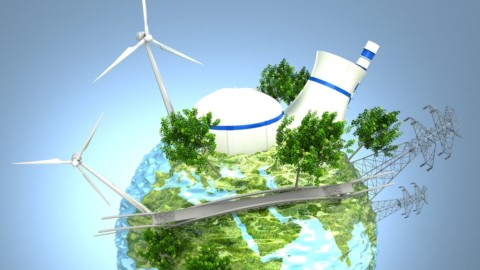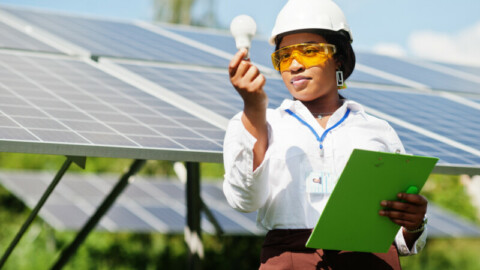The Federal Government will make changes to the Emissions Reduction Fund (ERF) to allow businesses to take advantage of higher private market prices, without increased costs.
These changes will also allow increased liquidity and ensure equitable treatment, regardless of when the projects commenced.
The Federal Government said the changes are consistent with its policy of supporting voluntary action to reduce emissions. The policies are incentive-based; they expressly rule out taxes or mandates, and will not impose higher costs on households, businesses or the economy.
Options to sell Australian Carbon Credit Units
Under a staged approach, ERF projects with fixed delivery government contracts will be able to purchase an option to sell their Australian Carbon Credit Units (ACCUs) on the private market.
These changes will not reduce the total amount of funding available to ERF projects and are expected to allow the ERF to support a greater number of projects.
As a result of these changes, the ERF is expected to deliver significantly more than the 213 million tonnes it is currently projected to contribute towards meeting and beating Australia’s 2030 Paris target.
Reinvestment in emissions reduction
To activate the option to sell ACCUs on the private market, project proponents will be required to pay a fee equal to existing damages provisions in their contracts. Project proponents will only be able to activate the option within six months of their next existing scheduled delivery window.
Any funds received under this process will be reinvested in the ERF or new emissions reduction initiatives. Any committed ERF funding released back to the Clean Energy Regulator will also remain available to support new ERF projects.
Making ACCU’s available to the market
Federal Minister for Industry, Energy and Emissions Reduction, Angus Taylor, said the average fixed delivery price was around $12 per ACCU, compared with the private market where prices have increased by around 200 per cent since January 2021 and are currently around $50.
“These reforms will lead to more ACCUs becoming available to the market in an orderly and transparent way, which will help meet the increasing voluntary demand for domestic offsets,” Mr Taylor said.
“This will allow projects to take advantage of higher market prices over time.
“The changes build on the great success of the ERF, the world’s largest and most successful national carbon offset scheme, which is underpinned by a robust government administered framework to ensure the integrity of the abatement generated.
“Since 2013, more than 106 million tonnes of abatement has been credited and project registrations have surged from 944 at the beginning of 2020 to more than 1,100 today.
“The strong growth in private sector demand for ACCUs shows that the market recognises and values their high quality and integrity.”
Hows the ACCUs work
Under the ERF, project proponents engage in activities that reduce or avoid emissions (known as methods) in Australia. There are currently 38 ERF methods that support activities in the agriculture, industrial, land, mining, transport and waste sectors.
For these activities, proponents are credited with ACCUs. Each ACCU is equivalent to one tonne of reduced or avoided emissions. Project proponents can sell ACCUs to the Commonwealth at bi-annual auctions. They can also sell ACCUs on the voluntary private market.
Since March 2020, the Clean Energy Regulator has offered optional delivery contracts under the ERF. Under these contracts, ERF participants have the right, but not the obligation, to sell ACCUs to the Commonwealth. Prior to March 2020, project proponents could only enter into fixed delivery contracts with the Commonwealth.
Since optional delivery contracts were first offered in 2020, average auction volumes have increased fourfold, and more than 20 million tonnes have been contracted across the last three auctions (2020-21), compared to five million tonnes for the three preceding auctions (2018-20).
According to the Federal Government, project proponents overwhelmingly prefer optional delivery contracts. Since March 2020, 95 per cent of contracted volume has been optional rather than fixed. At the most recent auction (October 2021), no fixed delivery contracts were taken up.
The ERF will deliver a higher volume of abatement than originally forecast. Through optional delivery contracts, the Federal Government said it can underwrite a larger number of ERF projects to deliver more abatement towards Australia’s 2030 Paris and 2050 net zero targets.
















